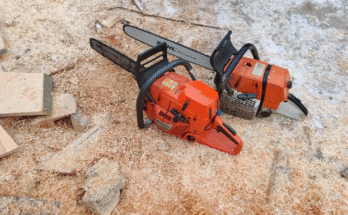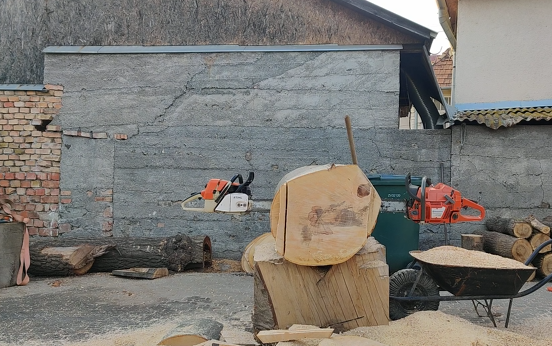
When it comes to professional-grade chainsaws, two names stand out among seasoned loggers, arborists, and landowners: the STIHL 044 and the Husqvarna 372 XP. Both machines have earned legendary status in the chainsaw world due to their power, durability, and performance. While they are no longer the newest models on the market, many professionals still swear by these workhorses for felling trees, bucking large logs, and heavy-duty forestry tasks. But which one is better? In this head-to-head comparison, we’ll look at the key differences and similarities between the STIHL 044 and the Husqvarna 372 XP to help you decide which saw might be right for your needs.
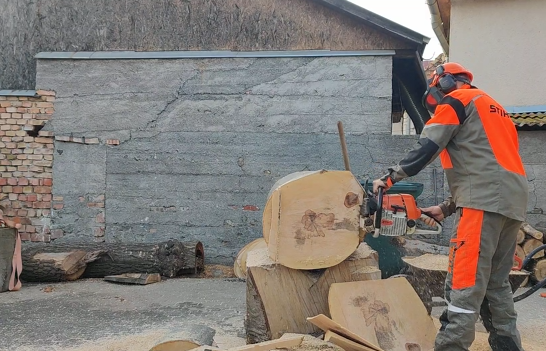
1. Overview and History
The STIHL 044 was introduced in the late 1980s and quickly became a favorite among professional users for its balance of power and weight. It was eventually replaced by the STIHL MS 440 and later the MS 441, but many users still cherish the 044 for its reliability and build quality.
On the other hand, the Husqvarna 372 XP came onto the scene in the 1990s and immediately set the standard for professional-grade saws. It was designed to handle high RPMs and heavy use in demanding forestry environments. The XP in its name stands for “Xtra Power,” and it lives up to that promise with aggressive cutting capability.
2. Engine Power and Performance
When comparing chainsaws, power is one of the most critical factors. The STIHL 044 features a 70.7cc engine that delivers about 5.3 horsepower, while the Husqvarna 372 XP boasts a 70.7cc engine as well, but delivers slightly more power at around 5.5 horsepower.
While the difference in horsepower may seem small, the 372 XP is known for its high-revving engine, giving it a slight edge in cutting speed and torque, especially in hardwoods. The STIHL 044, however, is often praised for its smooth power delivery and excellent torque at lower RPMs, making it highly controllable in tricky cuts.
3. Weight and Balance
Weight plays a crucial role when you’re running a saw all day. The STIHL 044 weighs approximately 14.6 pounds (6.6 kg) without the bar and chain. The Husqvarna 372 XP is just slightly lighter, at around 14.3 pounds (6.5 kg).
While both are well-balanced saws, many users find that the STIHL 044 has a more “centered” feel, making it comfortable for long sessions of ground or mid-level work. The 372 XP, with its slim body design, is often favored for its maneuverability in tree-felling and limbing tasks.
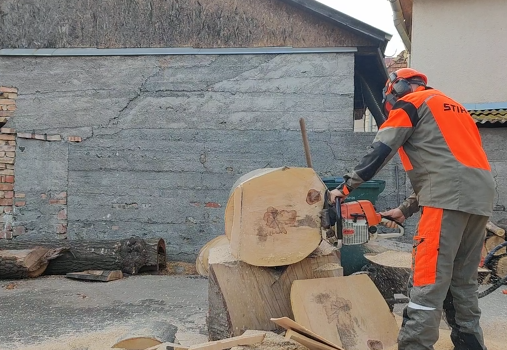
4. Build Quality and Durability
STIHL is known for its German engineering and bulletproof build quality. The 044 features a magnesium crankcase and high-quality components that withstand years of abuse. Users often report running their 044s for decades with only minor repairs and maintenance.
The 372 XP matches this durability, thanks to its forged three-piece crankshaft, magnesium crankcase, and heavy-duty air filtration system. It’s designed to keep going under the harshest conditions, whether in the heat of the South or the cold of Northern forests.
In terms of maintenance, both saws are designed with professional users in mind, meaning easy access to air filters, spark plugs, and carburetors. However, STIHL saws typically require STIHL-specific tools, while Husqvarna tends to be more “DIY-friendly.”
5. Vibration and Comfort
Using a chainsaw for hours at a time can lead to fatigue and even injury if the saw has high vibration levels. The STIHL 044 features STIHL’s anti-vibration system, which is effective at reducing user fatigue. However, some users claim it’s not as refined as modern anti-vibe systems.
The 372 XP comes with LowVib technology, and most users report it as being slightly more comfortable over long periods. If you’re someone who spends 8+ hours in the woods every day, this small difference in vibration dampening can make a big impact.

6. Availability of Parts and Mods
Since both models are discontinued, aftermarket support is an important consideration. Fortunately, both saws are extremely popular, and parts are widely available from third-party and OEM suppliers.
The Husqvarna 372 XP has become a favorite in the modding community, with many enthusiasts tweaking carburetors, mufflers, and cylinders for enhanced performance. The STIHL 044 also has a loyal fan base and a robust supply of parts, but STIHL tends to be more protective of its parts and less mod-friendly.
7. Fuel Efficiency and Emissions
Neither of these saws meets the latest emissions standards like newer models do, but both are relatively efficient for their age. The 372 XP tends to be slightly more fuel-efficient, thanks in part to its superior air intake system and lighter revving engine.
For users in areas with strict emissions regulations, modern versions of these saws (like the MS 462 or Husqvarna 572 XP) might be more suitable. However, if you’re working in a rural area without restrictions, these classics are still great choices.
8. Price and Value
Because both saws are no longer in production, you’ll likely be buying used. Prices vary depending on condition, but in general:
- A used STIHL 044 in good condition might cost anywhere from $400 to $650.
- A used Husqvarna 372 XP typically ranges from $500 to $750, sometimes higher if it’s modded or in mint shape.
In terms of value, both are excellent investments. These saws hold their value well and continue to be in high demand.
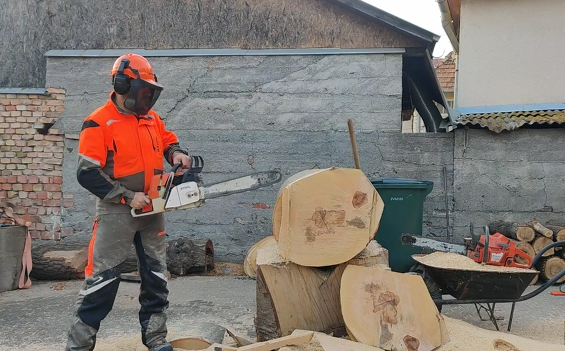
Conclusion: Which One Should You Choose?
Choose the STIHL 044 if:
- You prefer a more centered, balanced saw.
- You value durability and reliability above all.
- You’re a STIHL loyalist or already own other STIHL tools.
Choose the Husqvarna 372 XP if:
- You want slightly more cutting speed and power.
- You plan to modify your saw or do your own repairs.
- You prefer lower vibrations and better fuel efficiency.
Ultimately, both the STIHL 044 and the Husqvarna 372 XP are legendary machines that have stood the test of time. Your choice may come down to personal preference, brand loyalty, or the specific task at hand. Either way, you’ll be getting a chainsaw that’s capable of handling the most demanding jobs in the forest or on the farm.


